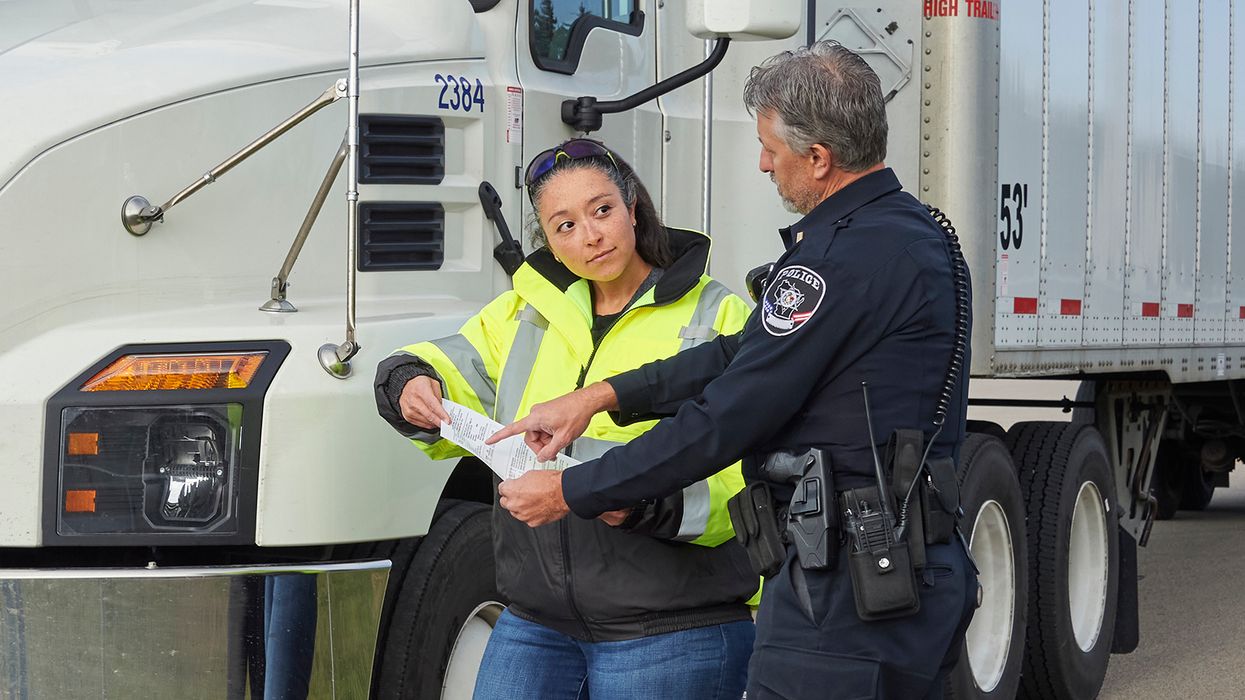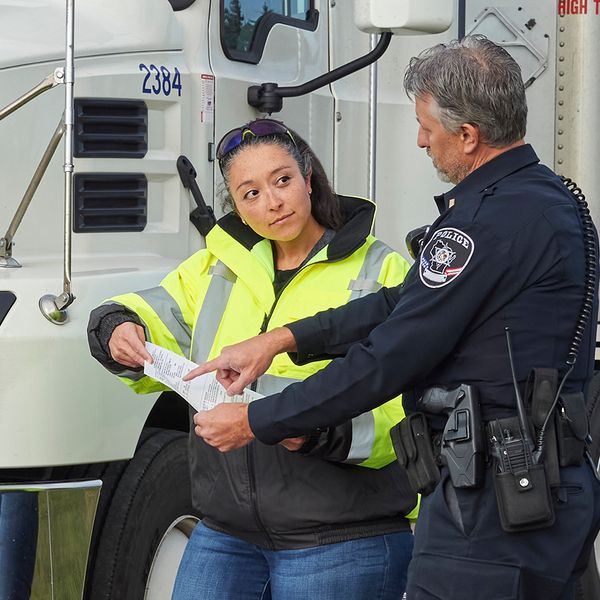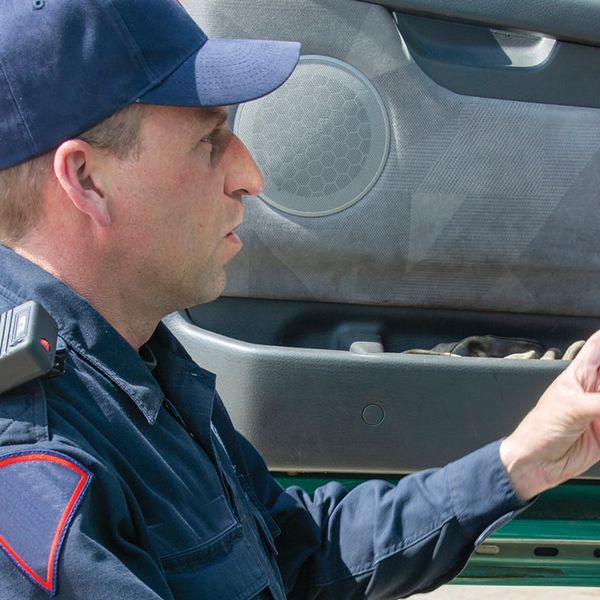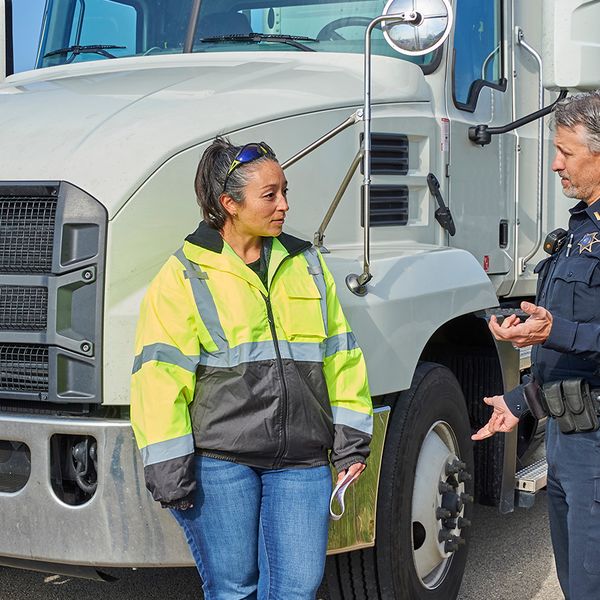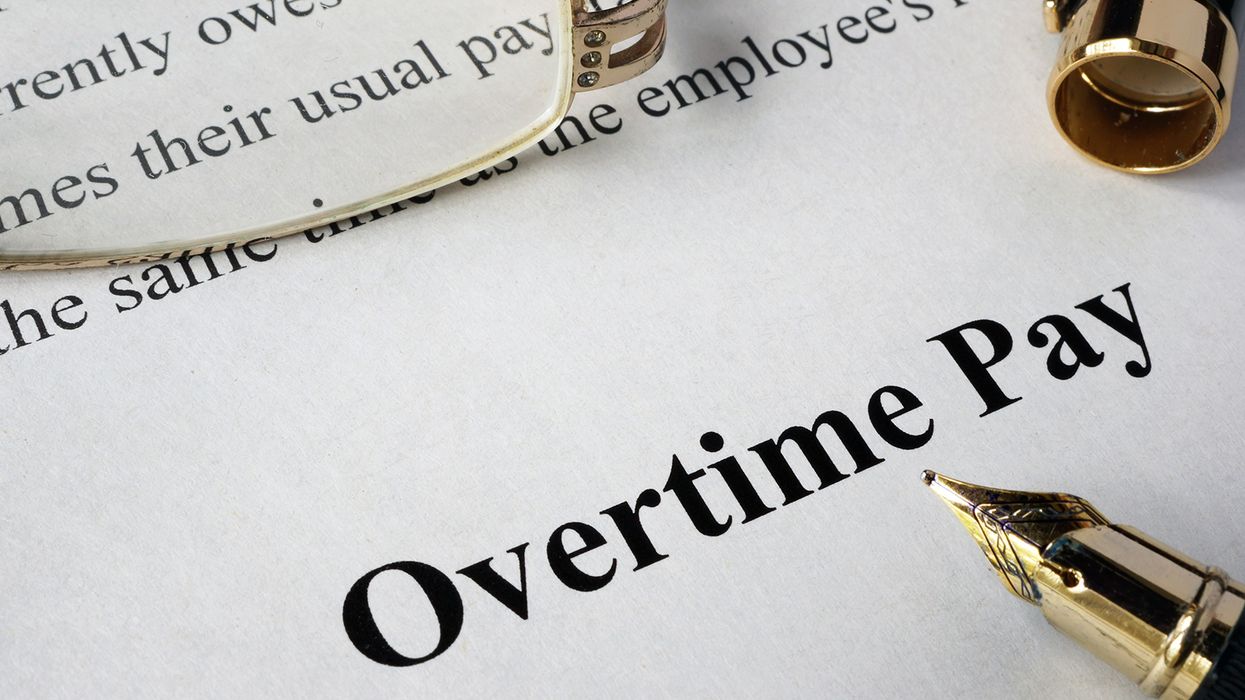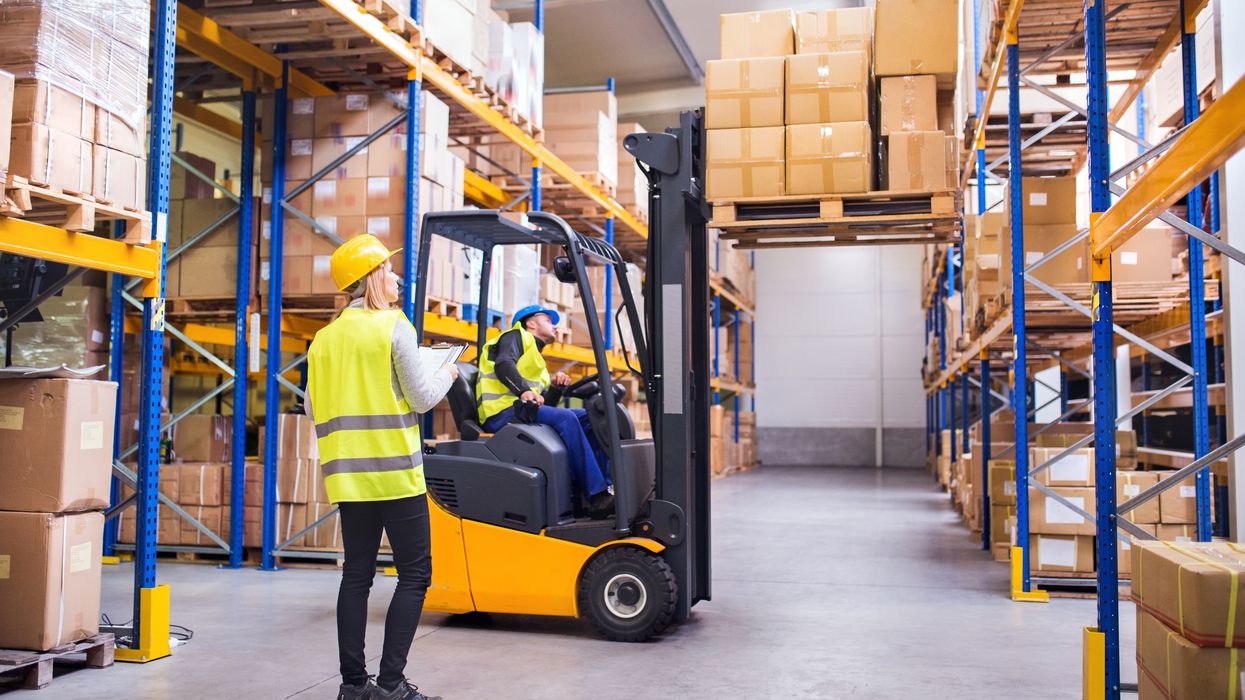The 8th BASIC How insurance violations may lead to an audit
Most carriers are familiar with the Compliance Safety Accountability (CSA) program’s seven BASICs, or Behavior Analysis and Safety Improvement Categories. Far fewer are aware that in addition to the seven BASICs, there is an Insurance/Other Indicator used for prioritization. Prioritization means the carrier is monitored closely and may be “prioritized” for enhanced interventions such as warning letters, additional inspections, reviews, and audits.
Two of the most frequent questions asked regarding insurance are, “Do I have to have insurance?” and “How much insurance do I have to have?” The first is a simple answer, “Yes,” but the answer requires additional explanation. The answer to the second question is more complicated.
Do I have to have insurance?
Insurance is required by both the Federal Motor Carrier Safety Administration’s (FMCSA) regulations and individual state laws. Insurance is the primary method carriers use to meet the FMCSA’s required levels of financial responsibility.
The CSA program’s Insurance/Other Indicator is defined as:
Failure to comply with registration, insurance, or other reporting requirements. A sample violation includes “operating a CMV (Commercial Motor Vehicle) without the minimum level of financial responsibility…”
A carrier can be prioritized for intervention based on a single insurance violation.
The FMCSA’s requirements focus on interstate for-hire property and passenger carriers as well as inter- and intrastate hazardous material haulers. State insurance laws often apply to any type of vehicle.
How much insurance do I have to have?
The types and amounts of insurance coverage required by states can vary from state to state. As a starting point, states often require the same or similar amounts as required by the FMCSA. In addition to liability coverage, states may require uninsured motorist coverage and additional amounts depending on the operation. For example, a state may require additional insurance if moving an oversized or overweight commodity or load.
The FMCSA’s required limits are dependent on the operation type, e.g., property or passenger for-hire, hazardous material division, quantity, container type, packing group, etc. The federal required levels of financial responsibility for carriers operating vehicles ranges from $300,000 to $5,000,000:
| Amount | Carriage | Commodity |
| $300,000 |
| Property – non-hazardous |
| $750,000 |
| Property – non-hazardous |
| $1,000,000 |
|
|
| $5,000,000 |
|
|
| $5,000,000 |
|
|
| $1,500,000 |
|
|
| $5,000,000 |
|
|
Do I need to carry proof of insurance in the vehicle?
Other than for Mexico-based carriers, the FMCSA does not require proof of insurance to be carried in the vehicle. Many states, however, require proof of insurance to be carried.
Important reminders
Required insurance generally covers bodily injury and property damage liability. The federal minimum levels have not been raised in nearly 40 years. Carriers should consider the actual exposure to risk, not the minimum required.
Carriers have more control over their insurance rates than they may realize on the surface. Insurance underwriters are keenly interested in a carrier’s compliance trend-lines and whether the carrier uses technology. Without good collaborating data of the carrier’s safety program, the underwriter may assume that safety technology and programs are not in place. Pay close attention to your safety indicators and work with the underwriters.
Updated risk assessment for ethylene oxide
The EPA recently completed a risk assessment that shows exposure over the course of a lifetime to ethylene oxide (EtO) emissions from commercial sterilizers can contribute to elevated cancer risk for workers and those in nearby communities. This new risk assessment is in addition to cancer risk from other causes. With the new information, the agency announced plans to increase regulation and engage with communities, stakeholders and affected workers faced with the highest risks.
Ethylene oxide is a colorless gas often used in hospital sterilization of surgical equipment and plastic devices that cannot be sterilized by steam. According the to the Food and Drug Administration EtO is used to treat approximately 50% of sterile medical devices; about 20 billion medical devices annually. Because it is the only effective form of sterilization for some devices, it plays a critical role in ensuring a safe supply of medical devices in the medical industry. Both the EPA and FDA are working to reduce emissions and identify alternatives. EtO is also an integral component in the production of antifreeze, textiles, plastics, detergents, and adhesives. Additional uses include sterilization of food products and spices.
Despite its many uses EtO is a known carcinogen. Commercial sterilizers using EtO are regulated under the Clean Air Act’s National Emission Standards for Hazardous Air Pollutants (NESHAP). However, the agency is in the process of updating this regulation to reflect the recently completed risk assessment on EtO exposure and potential opportunities to reduce both risk and emissions.
The risk assessment completed for communities near the approximately 100 commercial sterilizers across the country is the most up-to-date information available. The EPA’s methodology “used updated EtO emissions information from commercial sterilizers to estimate the increased risk of cancer related to the EtO emitted from almost 100 commercial sterilizers. The agency found elevated risks at or above 100 in a million in residential areas at 23 of those sterilizers.”
In addition to community outreach, facilities with commercial sterilizers will face additional reporting requirements under the Toxics Release Inventory (TRI). The intent is to broaden the reporting requirements on EtO to include facilities not currently required to report this information to the EPA. Having more information available to the communities most at risk of exposure will assist the agency in responding to any human health and environmental threats. Other significant actions from the EPA will include, working with state, local and tribal agencies to reduce EtO emissions; using enforcement options as appropriate; and reevaluating how EtO is used within facilities to target risk reduction among workers who handle and are exposed to EtO.
Key to remember
The best available science from the risk assessment will serve to inform the rule making process, with a proposed rule anticipated later this year. Facilities with commercial sterilizers can expect increased oversight and additional reporting requirements.

